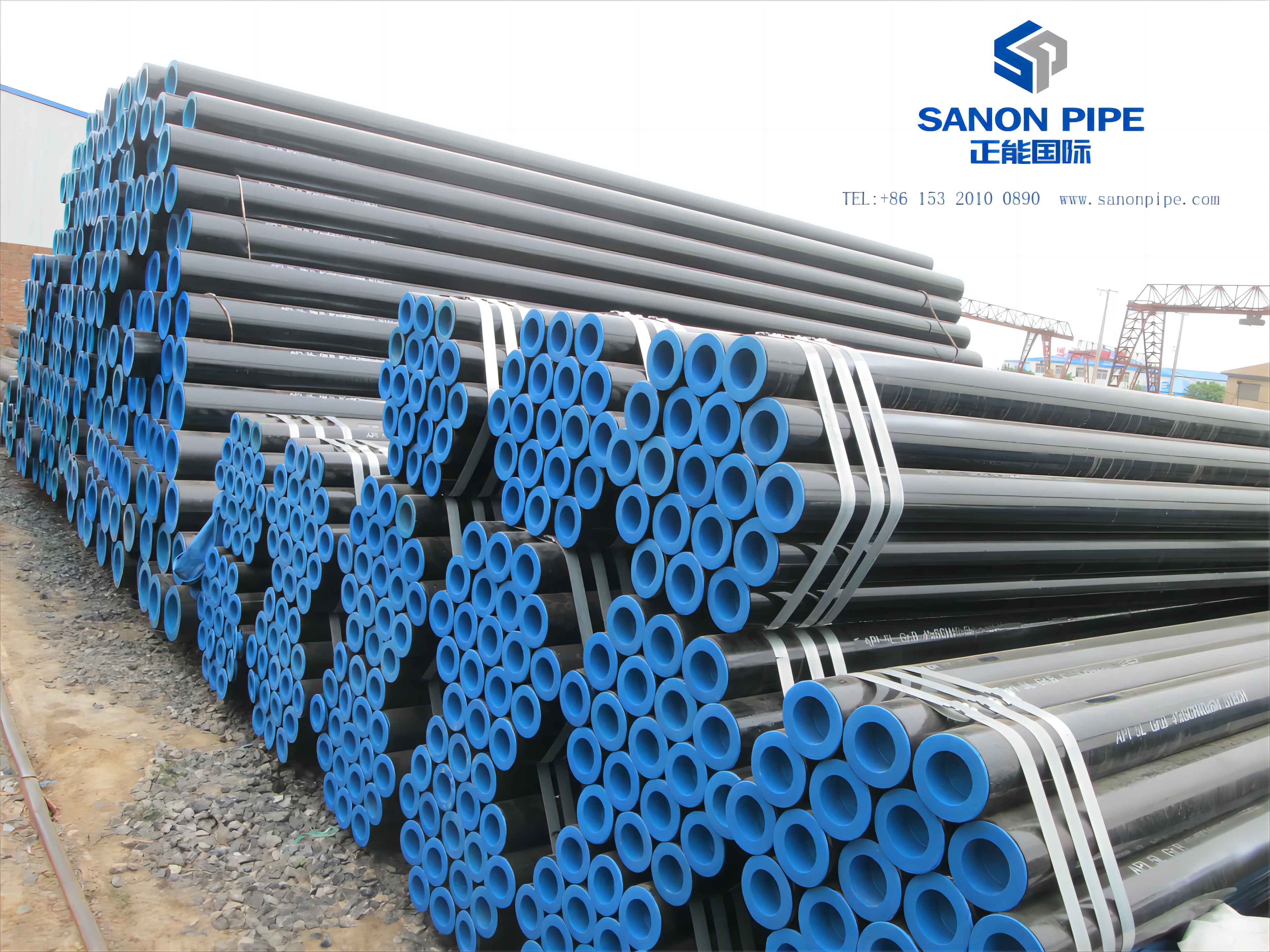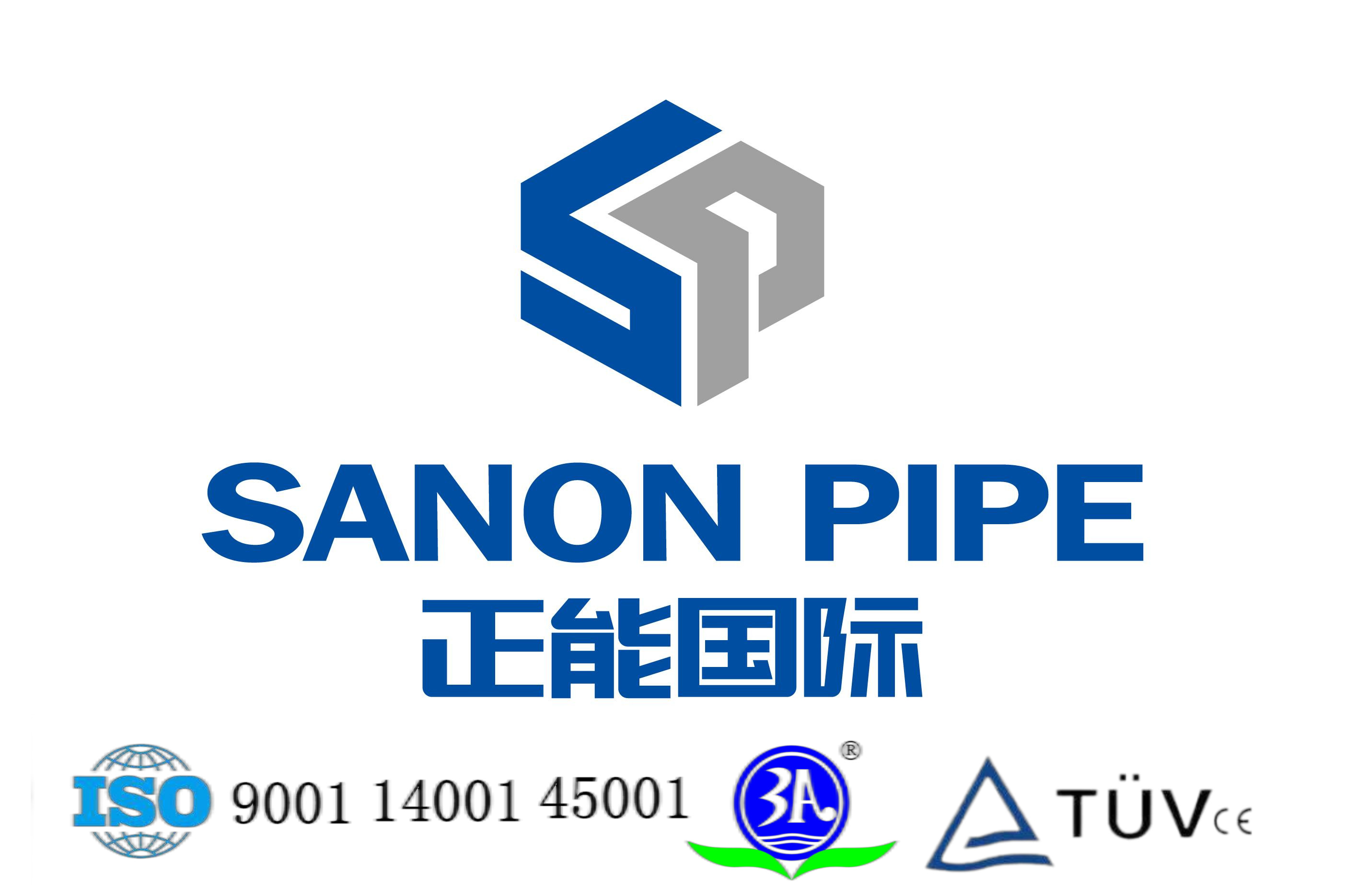API 5L is the standard for steel line pipe used to transport oil, natural gas, and water. The standard covers several different grades of steel, of which X42 and X52 are two common grades. The main difference between X42 and X52 is their mechanical properties, especially yield strength and tensile strength.
X42: The minimum yield strength of X42 steel pipe is 42,000 psi (290 MPa), and its tensile strength ranges from 60,000-75,000 psi (415-520 MPa). X42 grade steel pipe is generally used in pipeline systems with medium pressure and strength requirements, suitable for transporting media such as oil, natural gas, and water.
X52: The minimum yield strength of X52 steel pipe is 52,000 psi (360 MPa), and the tensile strength ranges from 66,000-95,000 psi (455-655 MPa). Compared with X42, X52 grade steel pipe has higher strength and is suitable for pipeline systems with higher pressure and strength requirements.
In terms of delivery status, API 5L standard specifies different delivery statuses for seamless steel pipes and welded pipes:
Seamless steel pipe (N state): N state refers to the normalizing treatment state. Seamless steel pipes are normalized before delivery to homogenize the microstructure of the steel pipe, thereby improving its mechanical properties and toughness. Normalizing can eliminate residual stress and improve the dimensional stability of the steel pipe.
Welded pipe (M state): M state refers to the thermomechanical treatment of the welded pipe after forming and welding. Through thermomechanical treatment, the microstructure of the welded pipe is optimized, the performance of the welding area is improved, and the strength and reliability of the welded pipe during use are ensured.
API 5L standard specifies in detail the chemical composition, mechanical properties, manufacturing methods, inspection and test requirements of pipeline steel pipes. The implementation of the standard ensures the safety and reliability of pipeline steel pipes when transporting oil, natural gas and other fluids. The selection of appropriate grades of steel pipes and delivery status can meet the specific needs of different engineering projects and ensure the stable operation of the pipeline system.

Post time: Jul-09-2024





